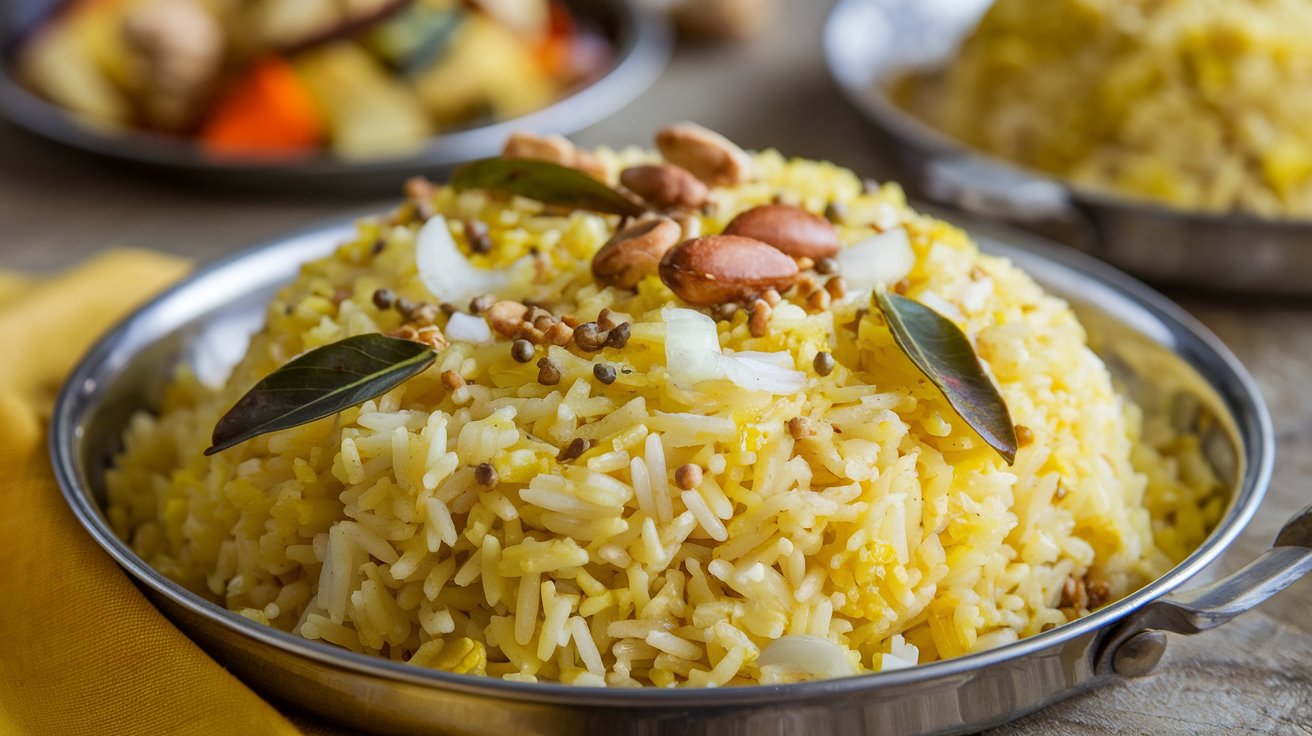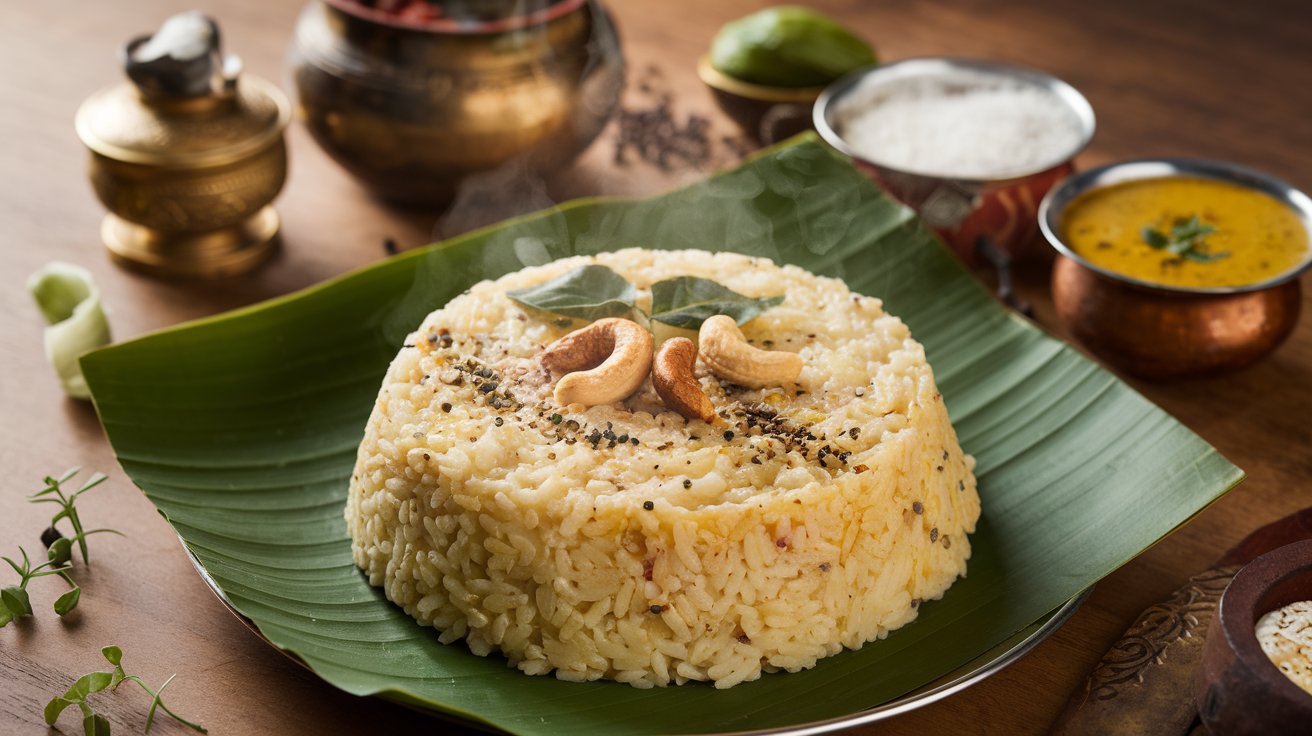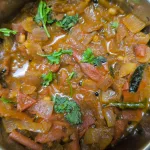

Join the Newsletter
Dive into quick, nutritious recipes, expert health tips, local food finds, and the latest in nutrition. Let’s explore healthier living together!
Incorporating South Indian Cuisine into a Low-Carb Diet food Plan
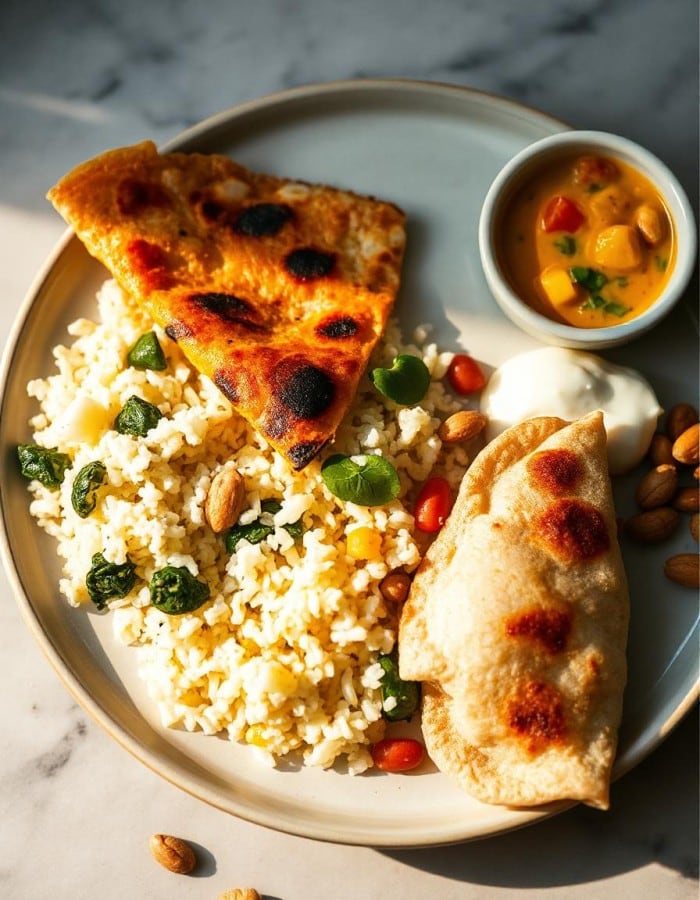
Affiliate Disclosure
Before reading this post, please be aware that some links in this article are affiliate links. This means that if you click on one of these links and make a purchase, we may earn a commission at no additional cost to you. We only promote products and services that we believe will be beneficial to our readers.
For more information, please read our full Affiliate Disclosure.
South Indian cuisine is celebrated for its array of flavors, aromatic spices, and colorful dishes. Although classic South Indian meals typically feature rice and other carbohydrate-heavy components, it’s entirely feasible to modify these recipes to fit a low-carb diet. By incorporating some strategic ingredient swaps and focusing on low-carb alternatives, you can savor the essence of South Indian cooking while adhering to your dietary preferences. Here’s a guide to incorporating South Indian flavors into a low-carb lifestyle.
Adopt Low-Carb Vegetable Recipes
South Indian cuisine features numerous vegetable-based dishes that align well with a low-carb diet. Classic recipes like sambar (a spicy vegetable stew) and poriyal (a dry vegetable curry) can be adapted by using low-carb veggies such as cauliflower, spinach, and bell peppers. These options are both flavorful and nutritious, minus the extra carbs. Recipe Suggestion: Make a Cauliflower Sambar by substituting the traditional vegetables with cauliflower. This adjustment delivers a delicious, low-carb version of the traditional dish while preserving its South Indian roots..
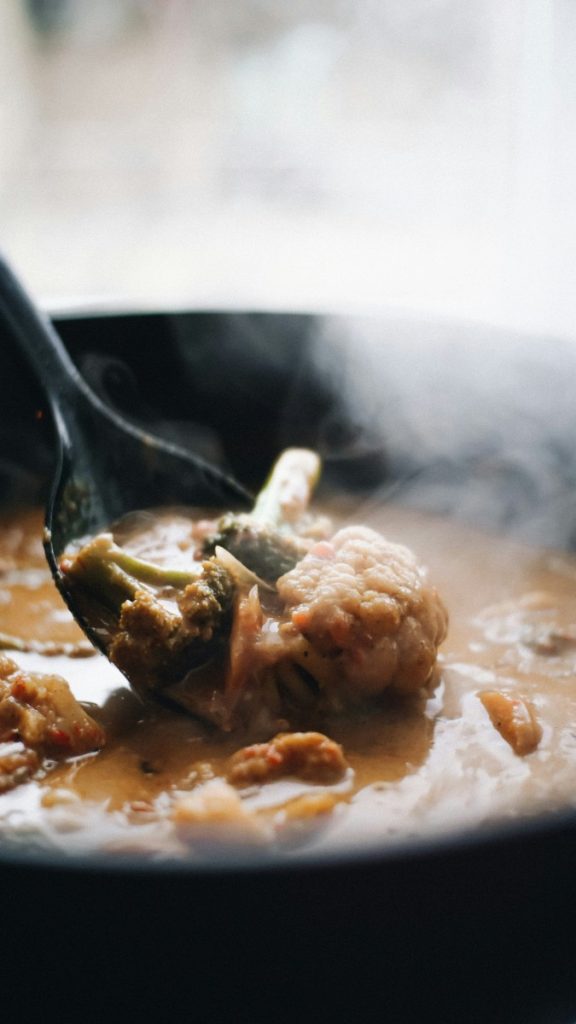
Swap Rice for Cauliflower Rice
Rice plays a central role in many South Indian dishes, but you can easily substitute it with cauliflower rice for a low-carb alternative. Cauliflower rice mimics the texture of conventional rice while being significantly lower in carbs. It’s also rich in fiber and essential vitamins. Preparation: To create cauliflower rice, grate or pulse cauliflower florets until they look like rice grains. Sauté with a bit of oil, mustard seeds, and curry leaves to enhance the flavor. This versatile base works well with curries and stews, making it an excellent option for a South Indian low-carb diet.
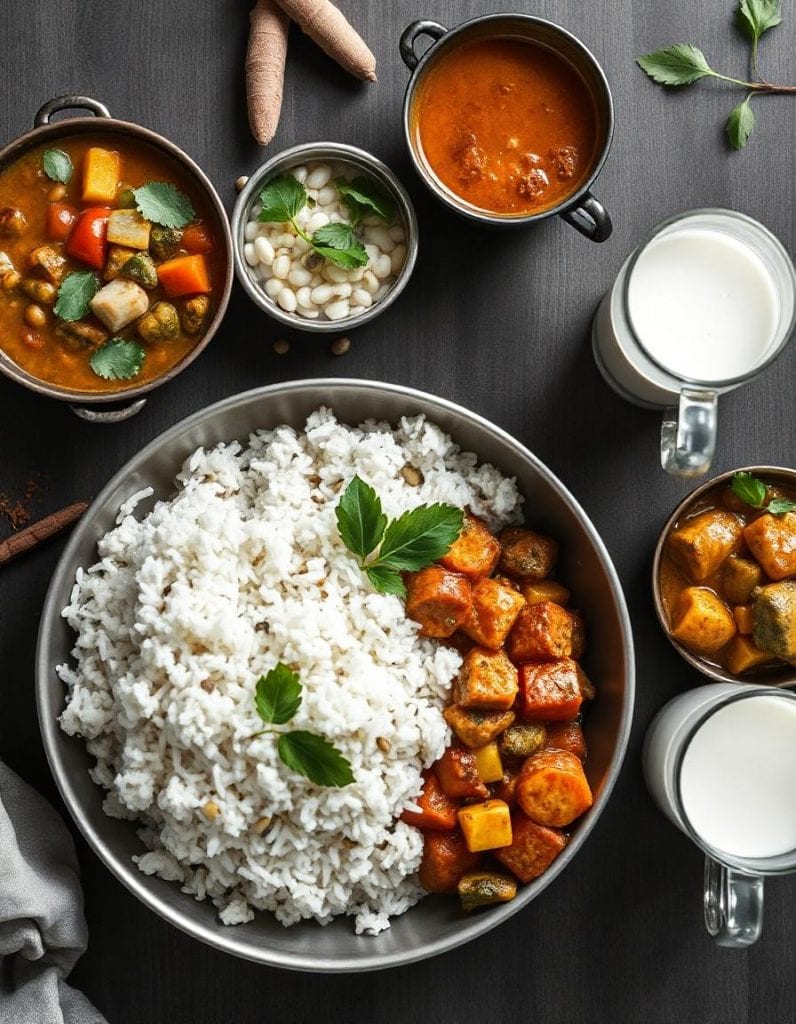
Choose Low-Carb Lentil Substitutes
Lentils are a staple in South Indian recipes such as dal and sambar, but they have a high carbohydrate content. To reduce carbs, try substituting mung beans or chickpea flour (besan) in their place. These alternatives offer protein and fiber while aligning better with a low-carb diet. Recipe Tip: Prepare a Mung Bean Stew by using mung beans instead of traditional lentils. This modification ensures the dish remains nutritious and compatible with a South Indian low-carb eating plan.
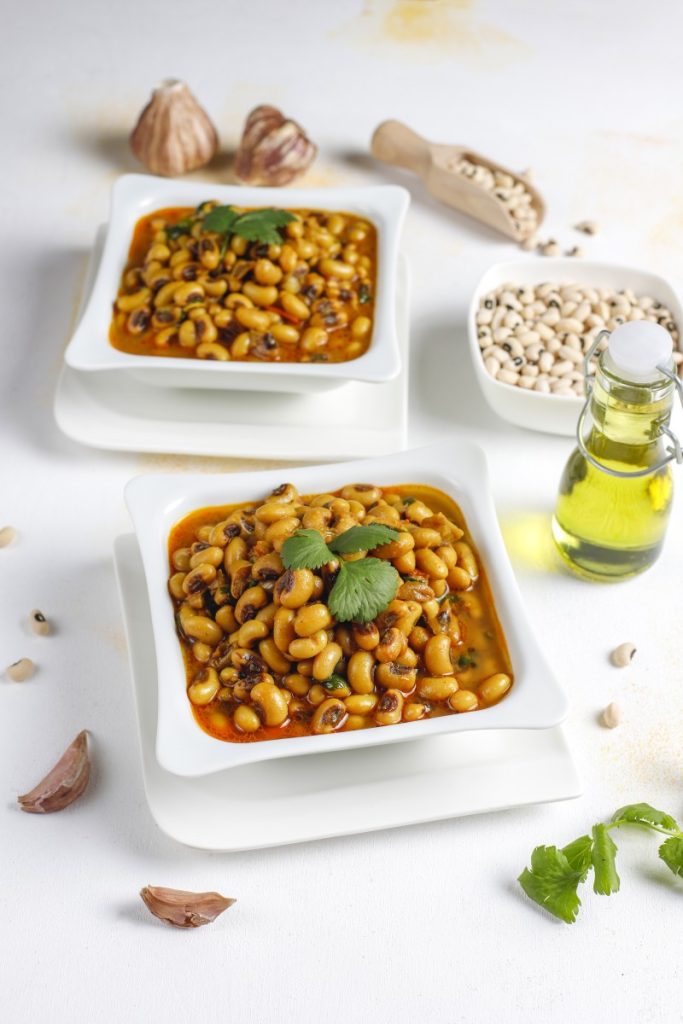
Delight in Low-Carb Snacks
Classic South Indian snacks, typically prepared with rice and lentils, can be modified to suit a low-carb diet. Instead of traditional idlis and dosas, consider making egg dosas or dosas with cheese and spinach. These variations are lower in carbs while still offering a delicious snack. Recipe Suggestion: Craft a Spinach and Cheese Dosa using a batter made from spinach, cheese, and eggs. This option is not only nutritious but also aligns with a low-carb lifestyle, making it a great fit for South Indian low-carb eating plans.
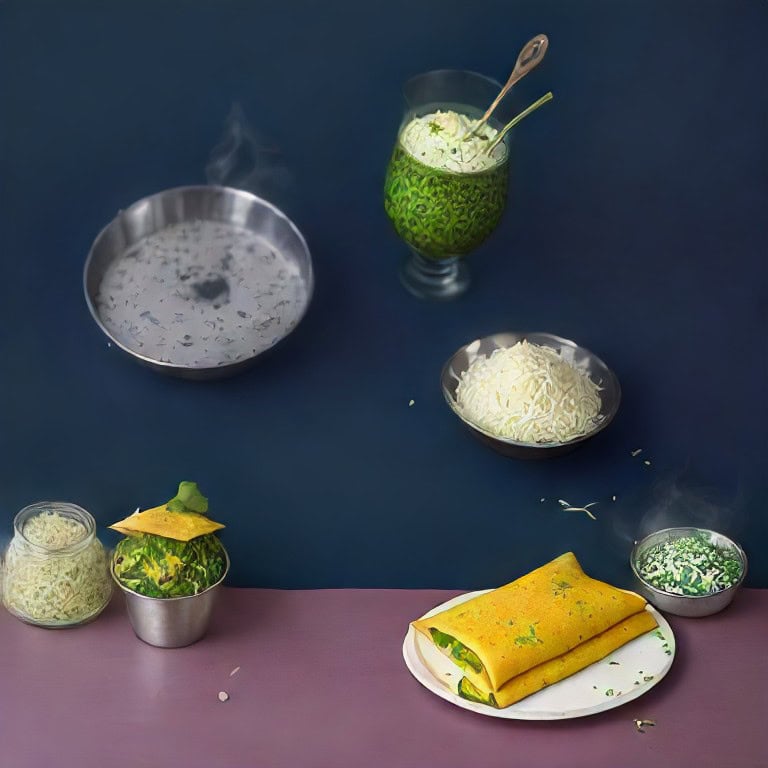
Include Coconut and Nuts
Coconut and nuts play a key role in South Indian cooking and are naturally low in carbs. Dishes like cashew-based curries and coconut chutney bring richness and taste while fitting well into a low-carb diet. Coconut offers healthy fats and fiber, helping to keep you full and content. Recipe Suggestion: Prepare a Coconut Chutney with freshly grated coconut, green chilies, and ginger. This chutney complements vegetable dishes perfectly and is an excellent choice for a South Indian low-carb meal plan.
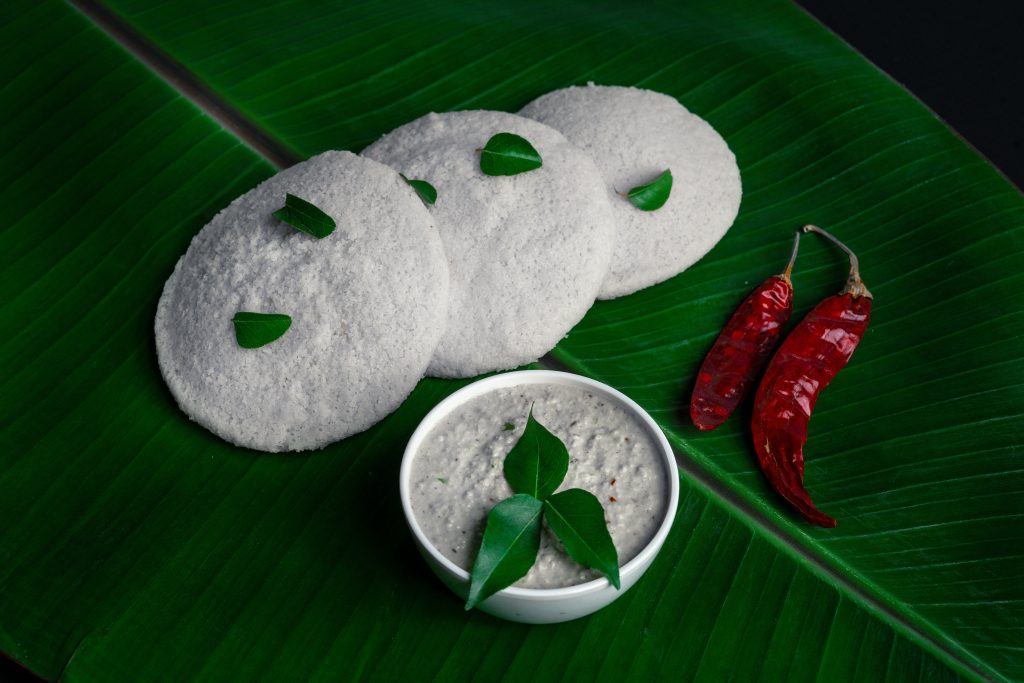
Boost Flavors with Spices
Spices are fundamental to South Indian cuisine and offer intense flavor without adding carbohydrates. Ingredients such as turmeric, cumin, and coriander can elevate the taste of your meals while keeping them low in carbs. Use these spices liberally to craft flavorful, low-carb dishes. Recipe Suggestion: Make a Spicy Cumin-Coriander Chicken by marinating chicken in a mix of cumin, coriander, turmeric, and chili powder. Grill or bake it for a savory, low-carb protein choice that aligns with South Indian low-carb meal plans.
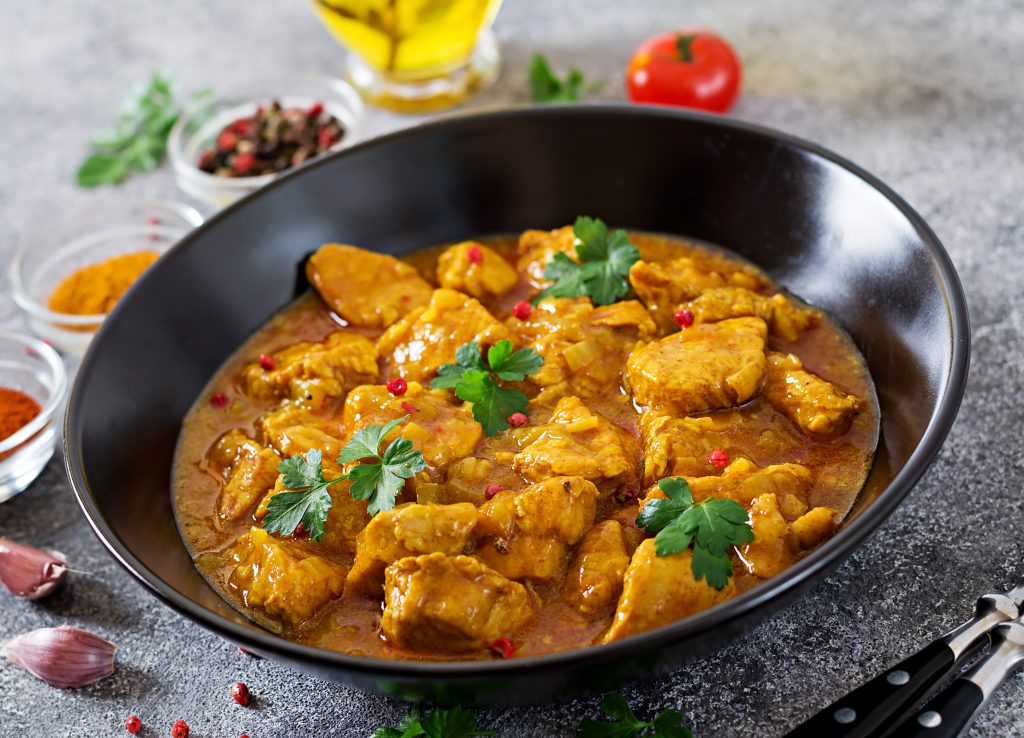
Prioritize Non-Starchy Vegetables
IIncorporate a range of non-starchy vegetables into your South Indian dishes. Veggies such as bell peppers, zucchini, and green beans are low in carbohydrates and can be featured in curries, stews, and stir-fries. These options add both texture and nutrition without increasing carb content. Recipe Suggestion: Prepare a Mixed Vegetable Curry with bell peppers, zucchini, and green beans simmered in a spiced tomato sauce. This robust dish is both satisfying and compatible with a low-carb diet, making it a great choice for South Indian low-carb meals.
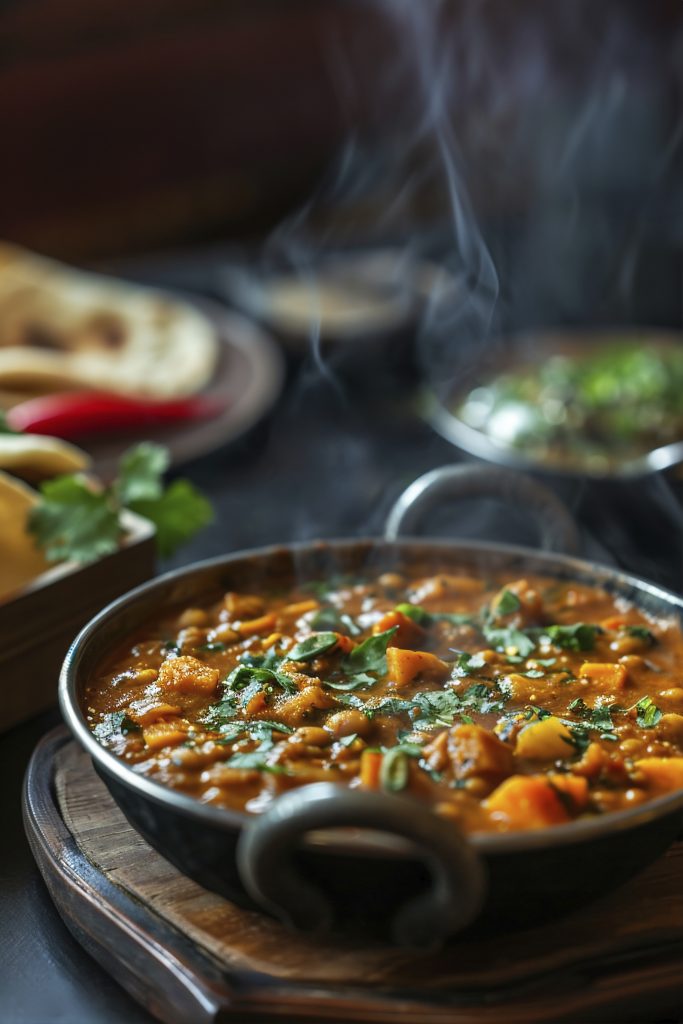
Adjust Traditional Recipes
Numerous classic South Indian recipes can be tailored to suit a low-carb diet. For instance, coconut-based curries and eggplant dishes can be made more carb-friendly by replacing high-carb ingredients. Explore these tweaks to craft meals that match your dietary preferences. Recipe Suggestion: Create a Low-Carb Eggplant Curry with a coconut-based sauce and leave out high-carb elements like potatoes. This modification ensures the dish remains flavorful while fitting perfectly into a low-carb eating plan, making it a tasty option in South Indian low-carb cuisine.
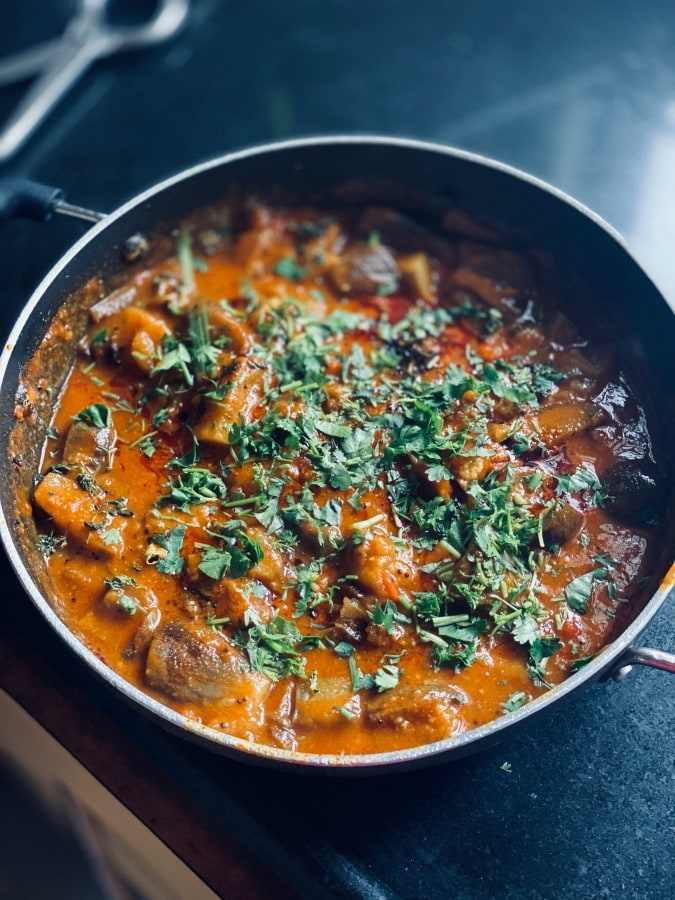
Conclusion
Incorporating South Indian cuisine into a low-carb diet is both delightful and feasible. By emphasizing vegetable-centric recipes, replacing high-carb ingredients with lower-carb options, and making use of the robust flavors from traditional spices, you can prepare meals that are both fulfilling and nutritious. Embrace the adaptability of South Indian ingredients to enjoy this vibrant cuisine while maintaining your low-carb dietary goals.

Welcome to Merge Blog!
Dive into quick, nutritious recipes, expert health tips, local food finds, and the latest in nutrition. Let’s explore healthier living together!

I’m Divya Bharathi, the person behind MergeBlog. I’m a passionate food enthusiast sharing simple, nutritious recipes and tips for a balanced lifestyle. Join me on this delicious journey!
Divya Bharathi
SUBSCRIBE & FOLLOW
MUST-READ ARTICLES
Join the Newsletter
Dive into quick, nutritious recipes, expert health tips, local food finds, and the latest in nutrition. Let’s explore healthier living together!

